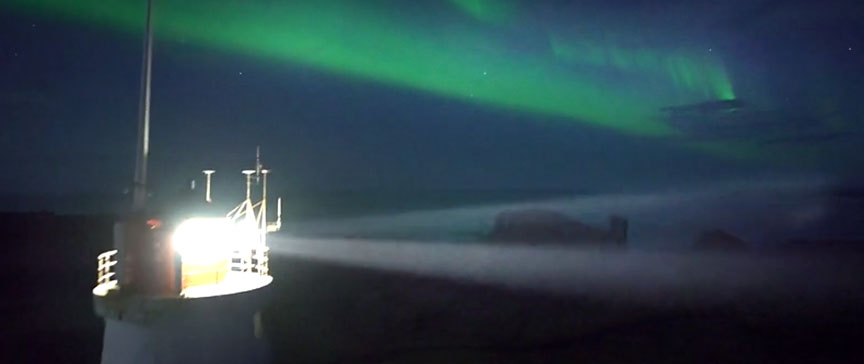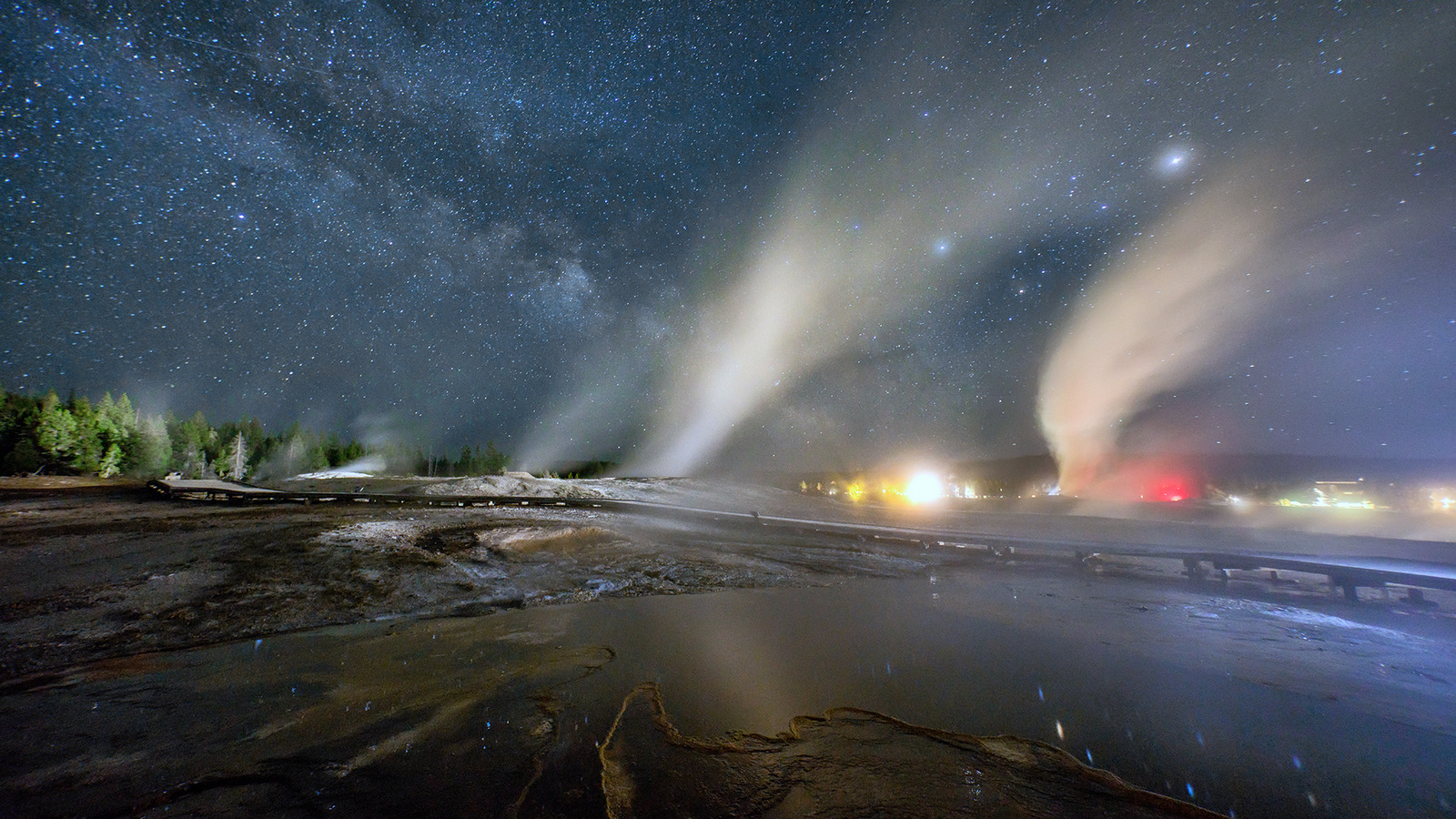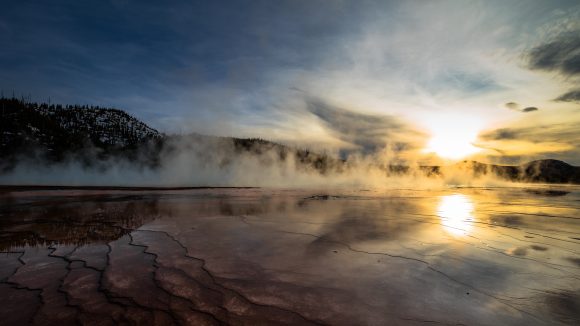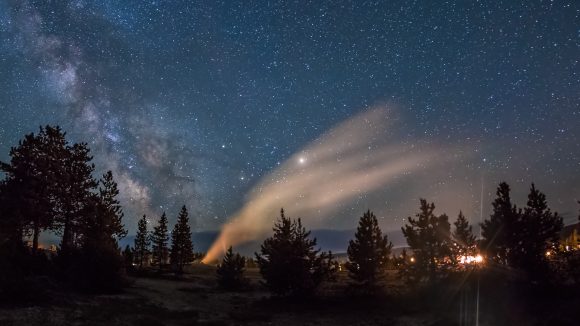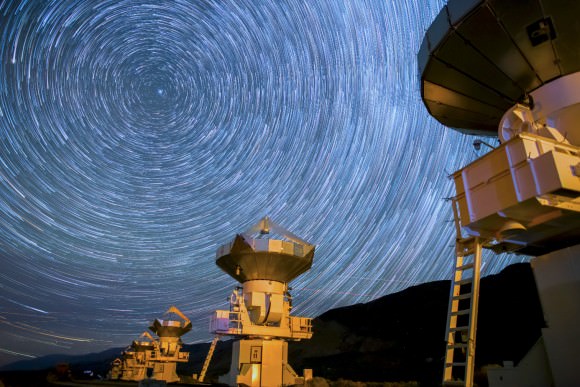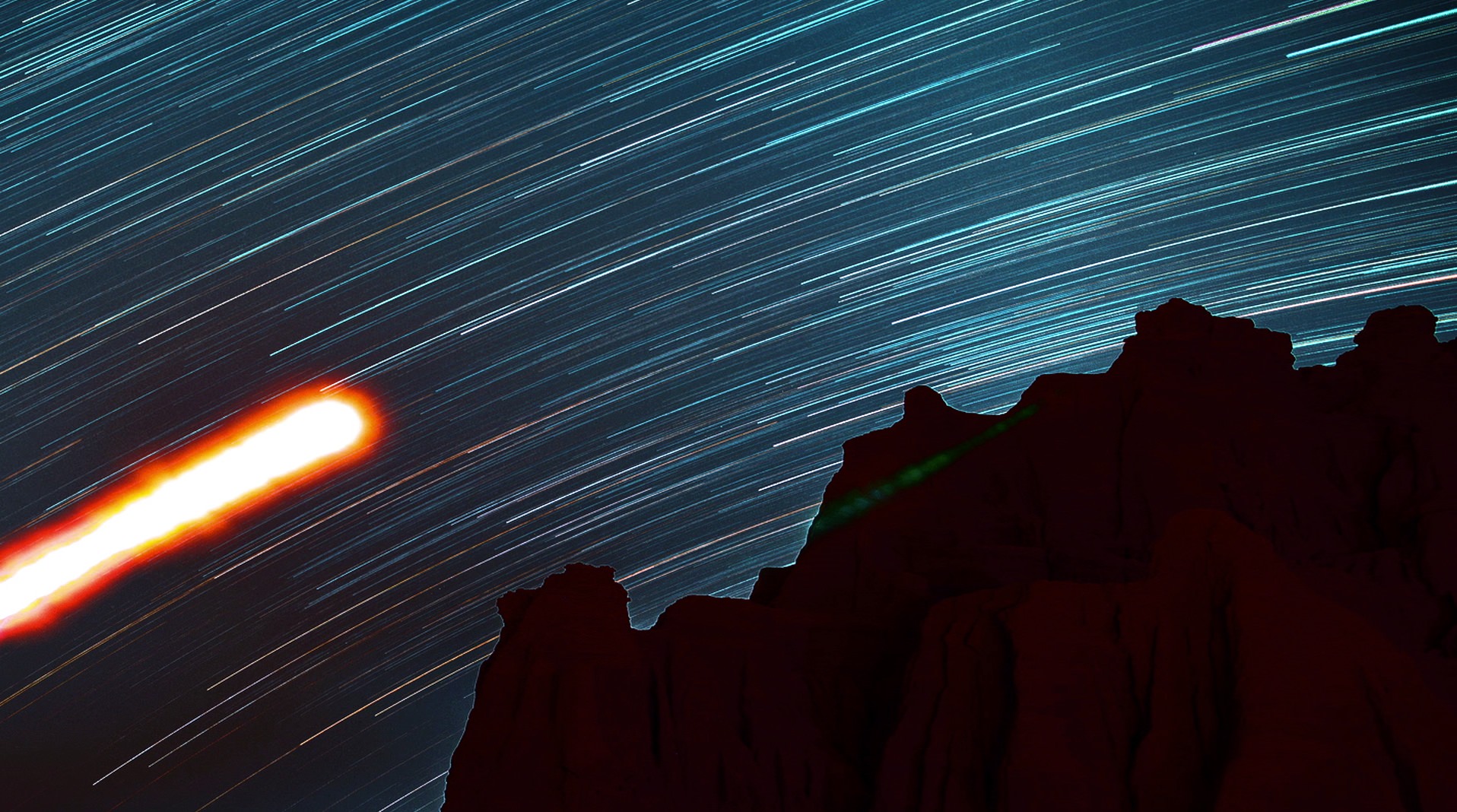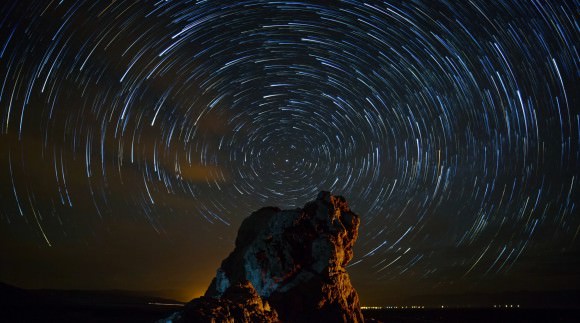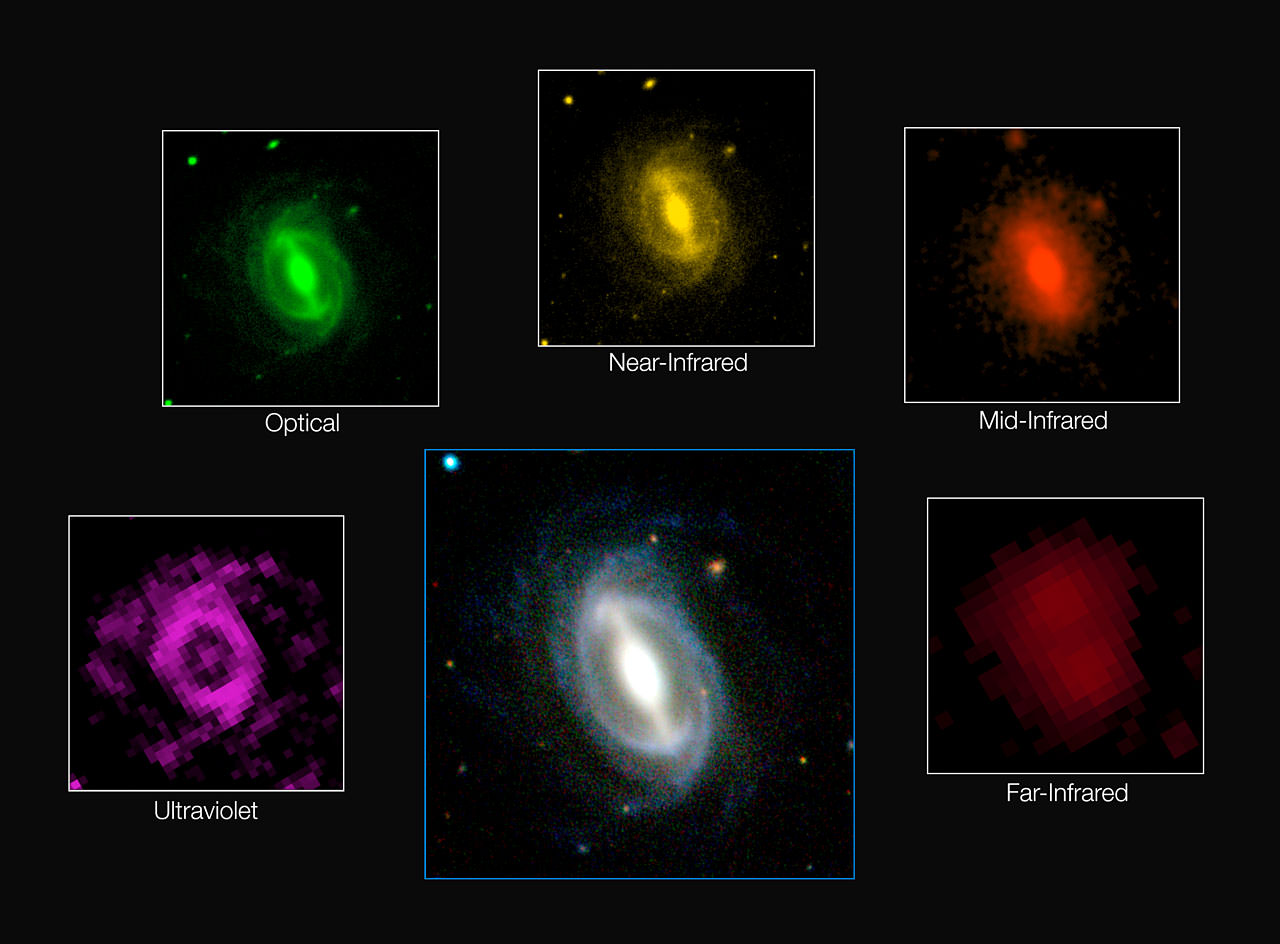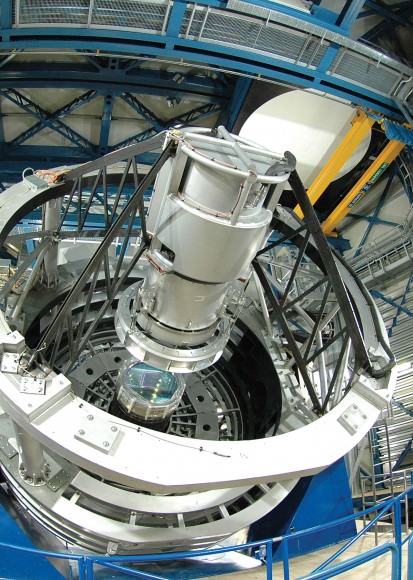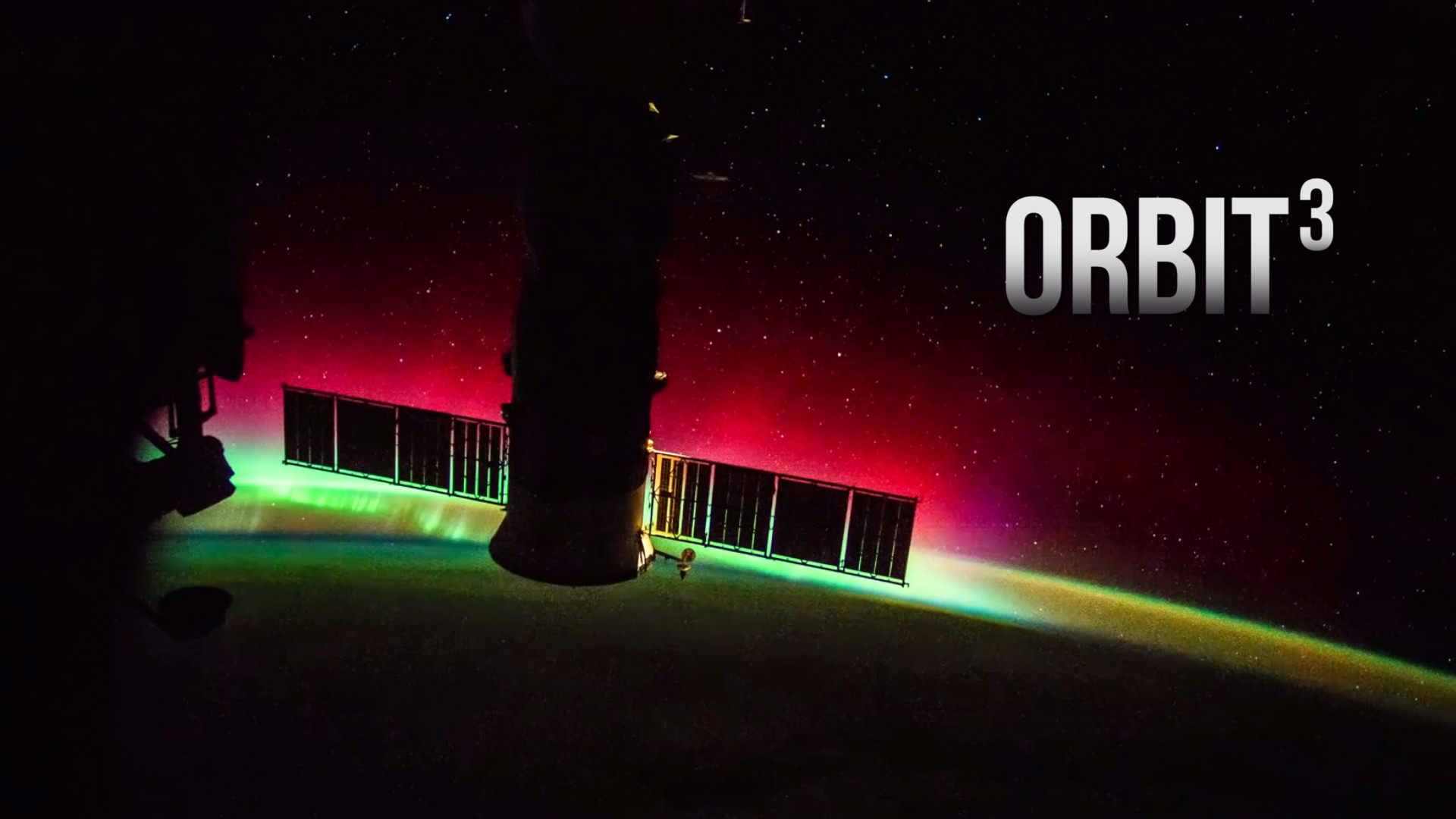Northern lights over Iceland filmed by Icelandic photographer Oli Haukur using a drone. Don’t forget to expand the screen.
I knew the era of real-time northern lights video was upon us. I just didn’t think drones would get into the act this soon. What was I thinking? They’re perfect for the job! If watching the aurora ever made you feel like you could fly, well now you can in Oli Haukur’s moving, real-time footage of an amazing aurora display filmed by drone.
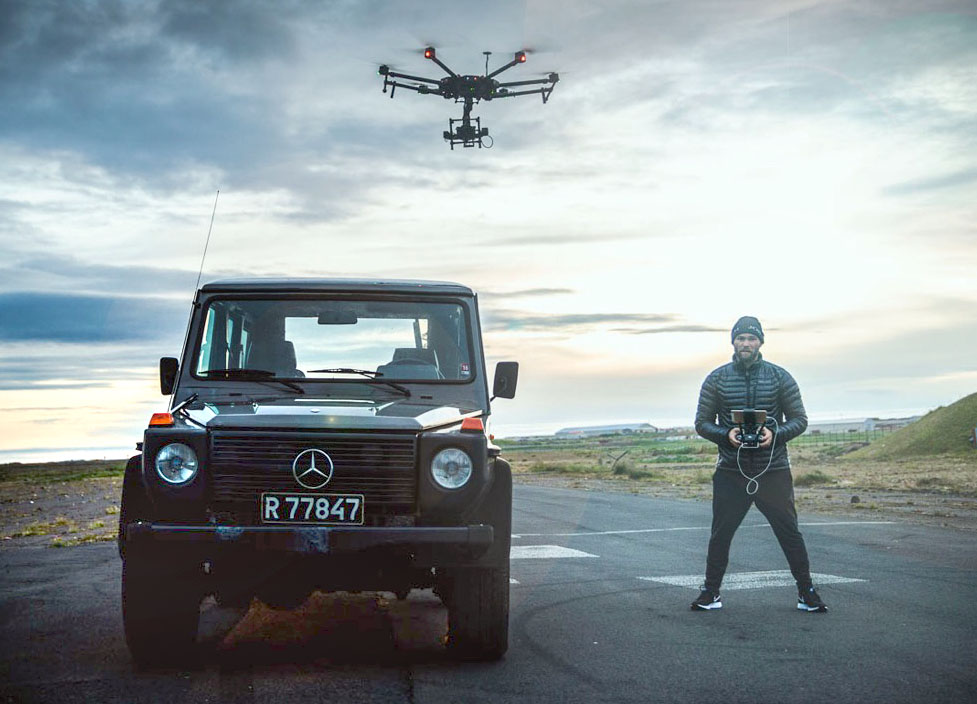
Haukur hooked up a Sony a7S II digital camera and ultra-wide Sigma 20mm f/1.4 lens onto his DJI Matrice 600 hexacopter. The light from the gibbous moon illuminates the rugged shoreline and crashing waves of the Reykjanes Peninsula (The Steamy Peninsula) as while green curtains of aurora flicker above.
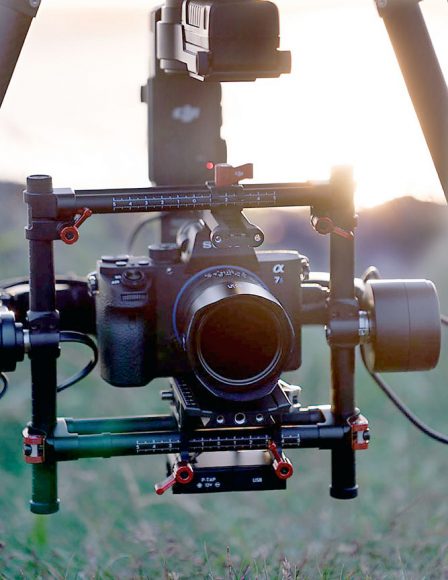
When the camera ascends over a sea stack, you can see gulls take off below, surprised by the mechanical bird buzzing just above their heads. Breathtaking. You might notice at the same time a flash of light — this is from the lighthouse beacon seen earlier in the video.
To capture his the footage, Haukur used a “fast” lens (one that needs only a small amount of light to make a picture) and an ISO of 25,600. The camera is capable of ISO 400,000, but the lower ISO provided greater resolution and color quality.
Moonlight provided all the light needed to bring out the landscape.
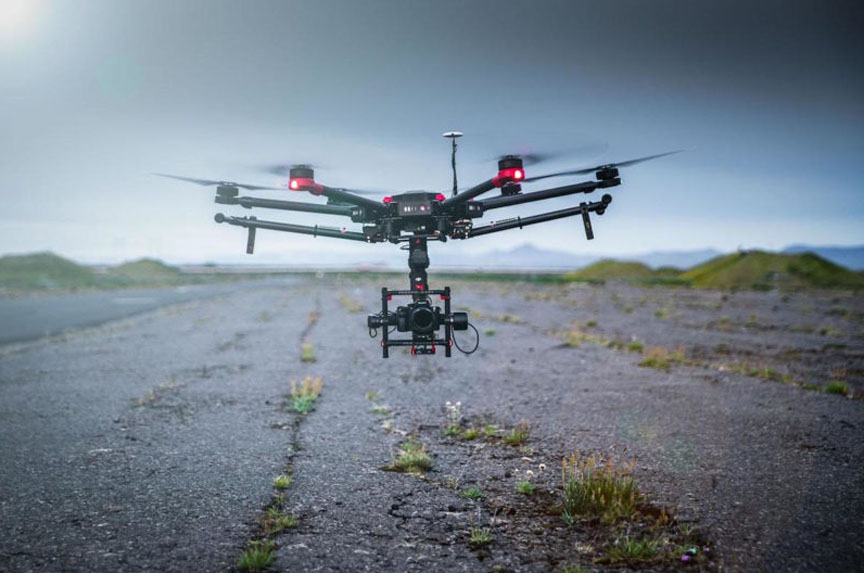
Remember when ISO 1600 or 3200 was as far you dared to go before the image turned to a grainy mush? Last year Canon released a camera that can literally see in the dark with a top ISO over 4,000,000! There’s no question we’ll be seeing more live aurora and drone aurora video in the coming months. Haukur plans additional shoots this winter and early next spring. Living in Iceland, which lies almost directly beneath the permanent auroral oval, you can schedule these sort of things!
Am I allowed one tiny criticism? I want more — a minute and a half is barely enough! Haukur shot plenty but released only a taste to social media to prove it could be done and share the joy. Let’s hope he compiles the rest and makes it available for us to lose our selves in soon.

